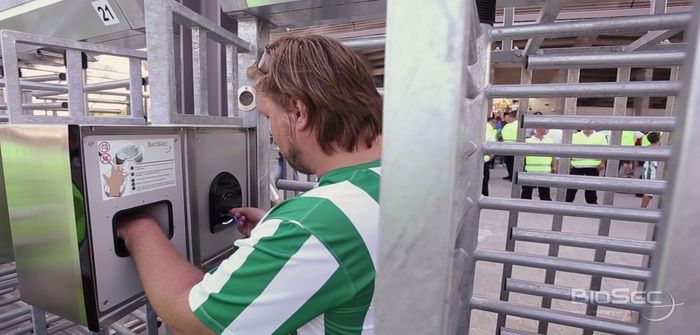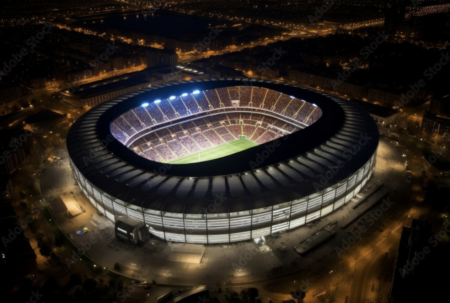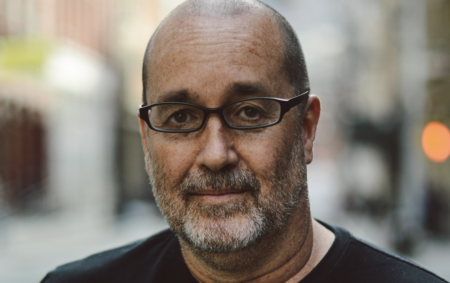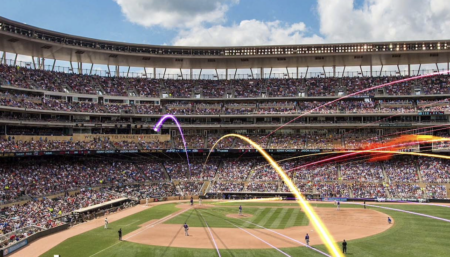In the current issue of Stadia, you can read about some of the security technologies helping to keep stadium spectators safe. Here, BioSec CEO Péter Györgydeák reveals more about his company’s work in this field.
Can you tell us a little about BioSec’s range of security solutions for stadia?
The primary product is the electronic access control system using traditional technologies like barcode/NFC/RFID but having latest features like artificial intelligence for mass handling. StadiumGuard includes the most advanced biometric authentication system based on palm vein recognition for 100% personalized tickets.
What are the key principles behind a successful security system – what has to be achieved?
For stadia, a successful security system is [more about] a concept than just a single product. To have a peaceful stadium with high service level you need a fan registration – electronic ticketing – and an effective access control system accompanied by a palm vein recognition authentication system, gates and a high-quality CCTV system. The combination of these ensures a security concept, which provides 100% personalized tickets, eliminates ticket fraud and black market, where everyone is responsible for their own actions.
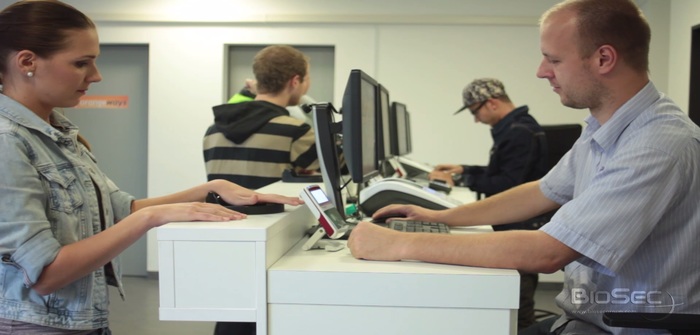
Your installation at Ferencvarosi uses biometric scanning – can you tell us a little more about why this technology is secure/safe?
The Ferencvárosi (FTC) Club introduced biometric palm vein scanning after studying other solutions based on face and fingerprint recognition. The purpose at FTC was to keep troublemakers outside the stadium and create a 100% personalized ticketing system, where everybody can enter the stadium only with his or her own ticket. The biometric ID, the vein pattern in the palm is one of the most unique biometric IDs, which is the basis for the high security level of the solution. In addition, it remains stable and cannot be lost, stolen or copied and it is one of the least invasive technologies. During the authentication process, the system emits infrared light, and identifies the person based on the vein pattern below the palm’s skin.
Surface injuries do not influence the quality of identification, therefore it is easy to use the system for everybody, providing the highest security level.
What advantages does biometric palm vein recognition have over alternative technologies, such as face or fingerprint recognition?
Palm vein recognition uses an inner biometric ID, the vein pattern below the skin, which cannot be lost, stolen or copied. In addition, palm vein recognition measures up to five million reference points to create a biometric template – as opposed to face or fingerprint recognition, where 10-400,000 reference points are used. Therefore the vein pattern is far more unique, even in the case of identical twins. By using palm vein recognition, fans can feel more comfortable, as it is not used by law enforcement bodies and is one of the least invasive technologies. Fingerprint patterns are easily damaged (for example, during physical work) and the system might mistakenly reject high numbers of fans, which can lead to queuing at the gates.
What specific challenges do stadia offer a company such as yours – what is unique about sports stadium projects?
The challenge of stadium projects is that each stadium is unique. Our product, StadiumGuard, is the same but the local environment, fans, rules, cooperation with partner bodies are always different. You have to get familiar with the club’s traditions, history and local infrastructure. Based on these, transparent and clear communication with fans is vital. To sum up, the challenges are less on the technological side but more on the human side.
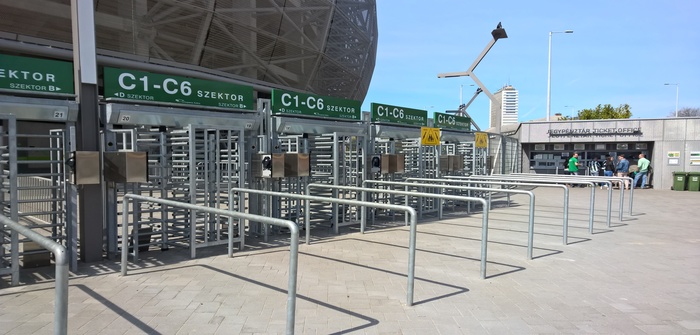
How can these challenges be overcome?
By the effective cooperation of the stadium operation, security staff, police, club communications and the solution provider. We have experience in planning, establishing such projects and building up cooperation with these actors.
Are there differences between installing systems into pre-existing stadia and specifying systems for a brand new venue?
Both scenarios have their own challenges. In a brownfield investment, in general the local infrastructure is old, spaces are narrow, therefore individual technological solutions have to be found for the installation and crowd management has to be planned more carefully. In a greenfield investment, the latest technologies are used, the requirements of our system can be integrated into the stadium at the planning phase. The greatest challenge during construction is the cooperation with all partner companies.
Can you think of any other recent installations you’ve worked on that highlight BioSec’s expertise?
Our work at the Groupama Arena is a good example, but we are also working with financial institutions, universities, critical infrastructures, and so on. Nevertheless, all client requirements can be found among the challenges of a stadia security system. The biometric authentication in a stadium is the Formula 1 of biometrics and the most difficult field, as the system has to be fast, providing highest security with a large database of users from various age groups with different abilities in outdoor conditions.
December 20, 2017


